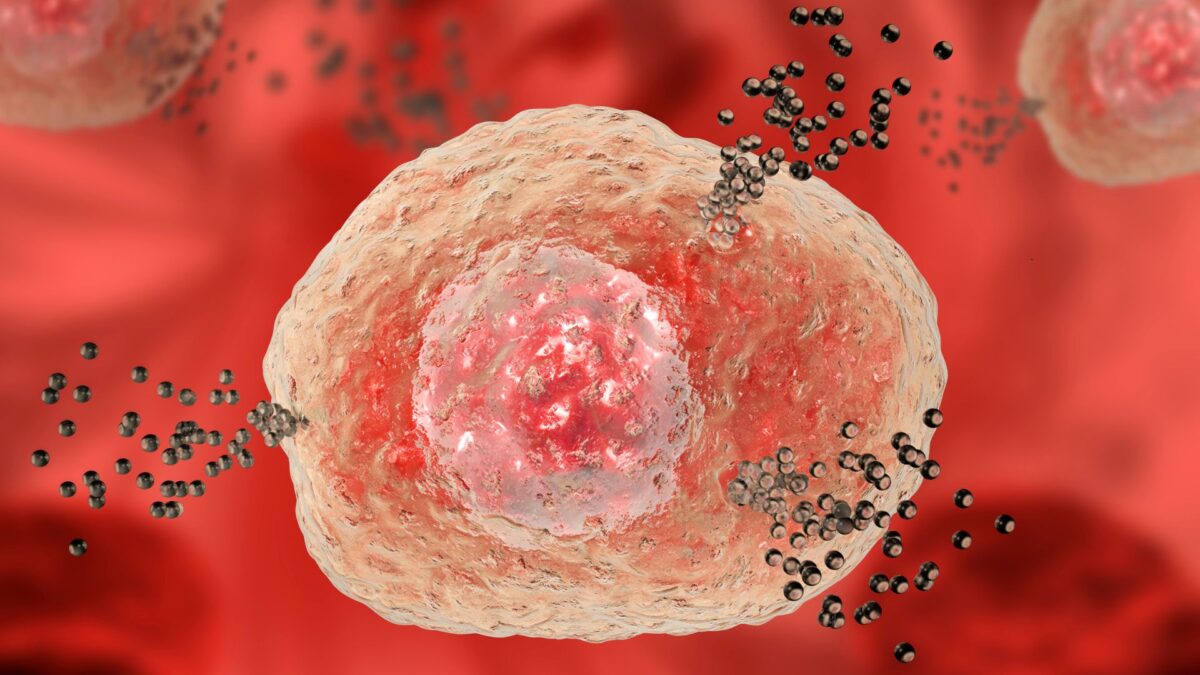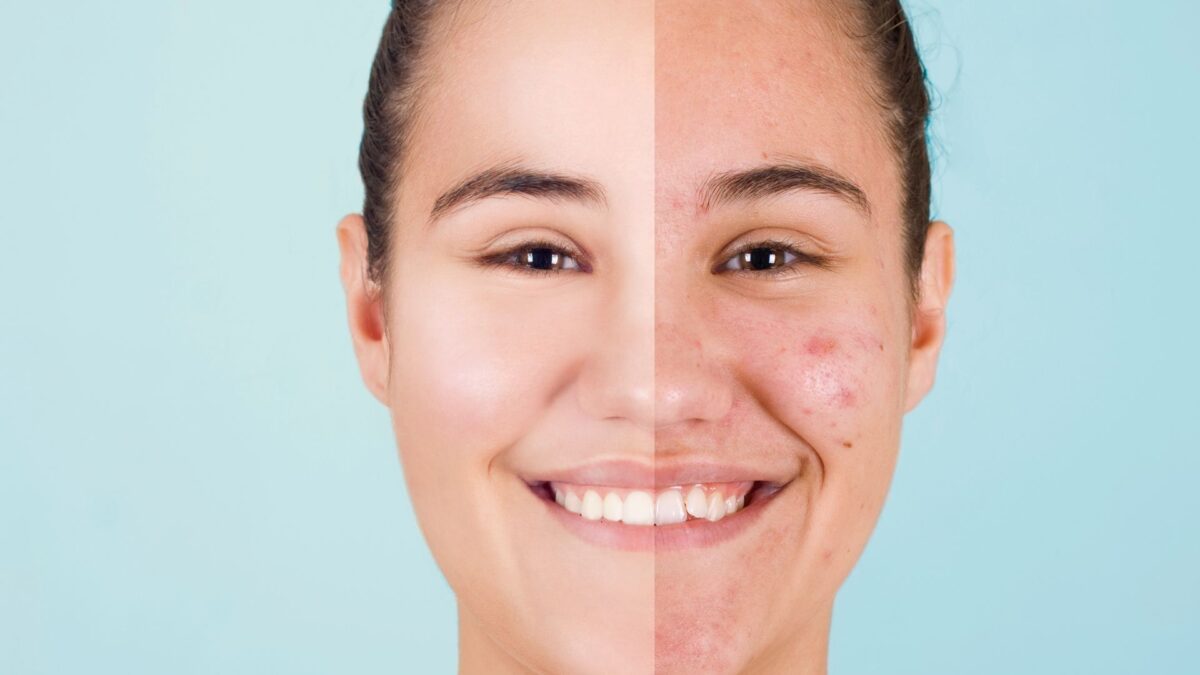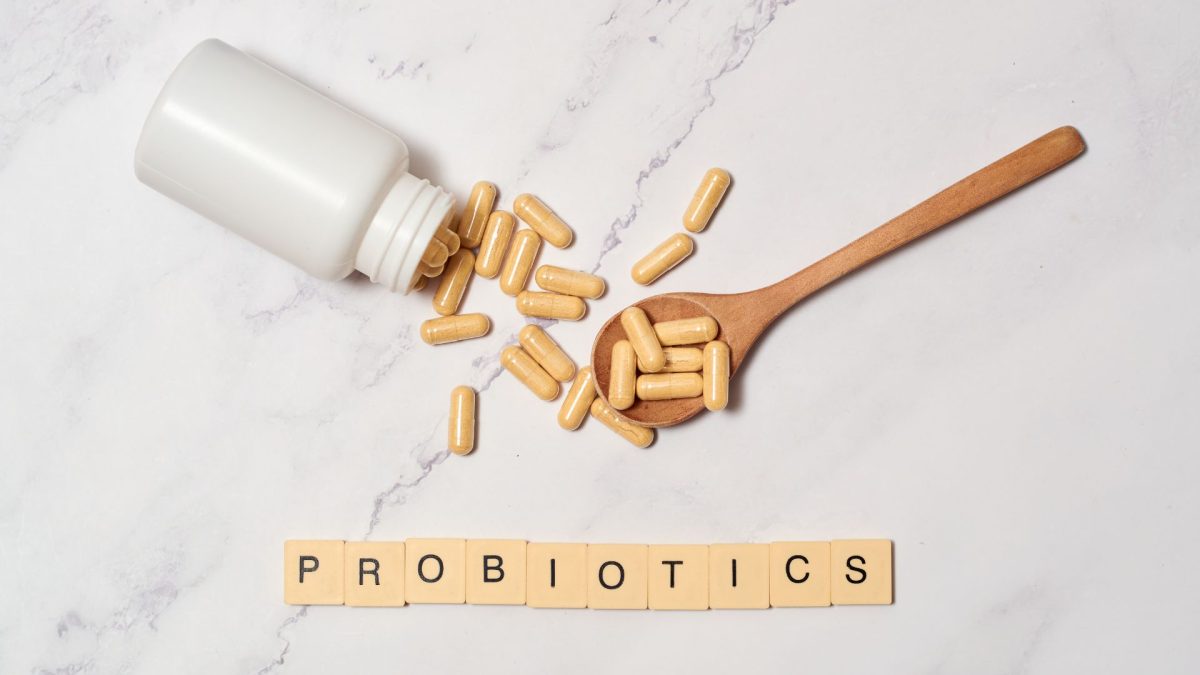You’re eating clean, cutting dairy and gluten, and spending money on gentle skincare products. Yet your skin is still flaring up. Whether it’s acne, eczema, or rosacea, you’re starting to feel like nothing works.
If that’s you, there might be a missing piece in your puzzle: histamine intolerance.
While histamine is usually associated with hayfever or allergies, it can also cause skin issues when your body isn’t breaking it down properly. And for many women in their twenties and thirties, especially those with a history of post-pill acne or gut issues, histamine might be the hidden trigger behind ongoing skin flares.
Let’s dive into what histamine intolerance actually is, how it affects your skin, and what you can do naturally to bring your body back into balance.
What is Histamine Intolerance?
Histamine is a natural compound your body produces. It’s released by immune cells called mast cells and plays several roles, it dilates blood vessels, helps regulate stomach acid, supports gut movement, and acts as a messenger in the brain. During an allergic reaction, histamine is responsible for the redness, swelling, and itching you feel.
The problem occurs when your body struggles to break down histamine effectively. This can lead to a build-up of histamine in your system, a condition known as histamine intolerance.
Histamine intolerance is different from a food allergy. A food allergy involves an immune response with IgE antibodies, while histamine intolerance is more about having too much histamine in the body and not enough capacity to break it down. This results in a range of symptoms that can affect multiple systems, especially the skin.
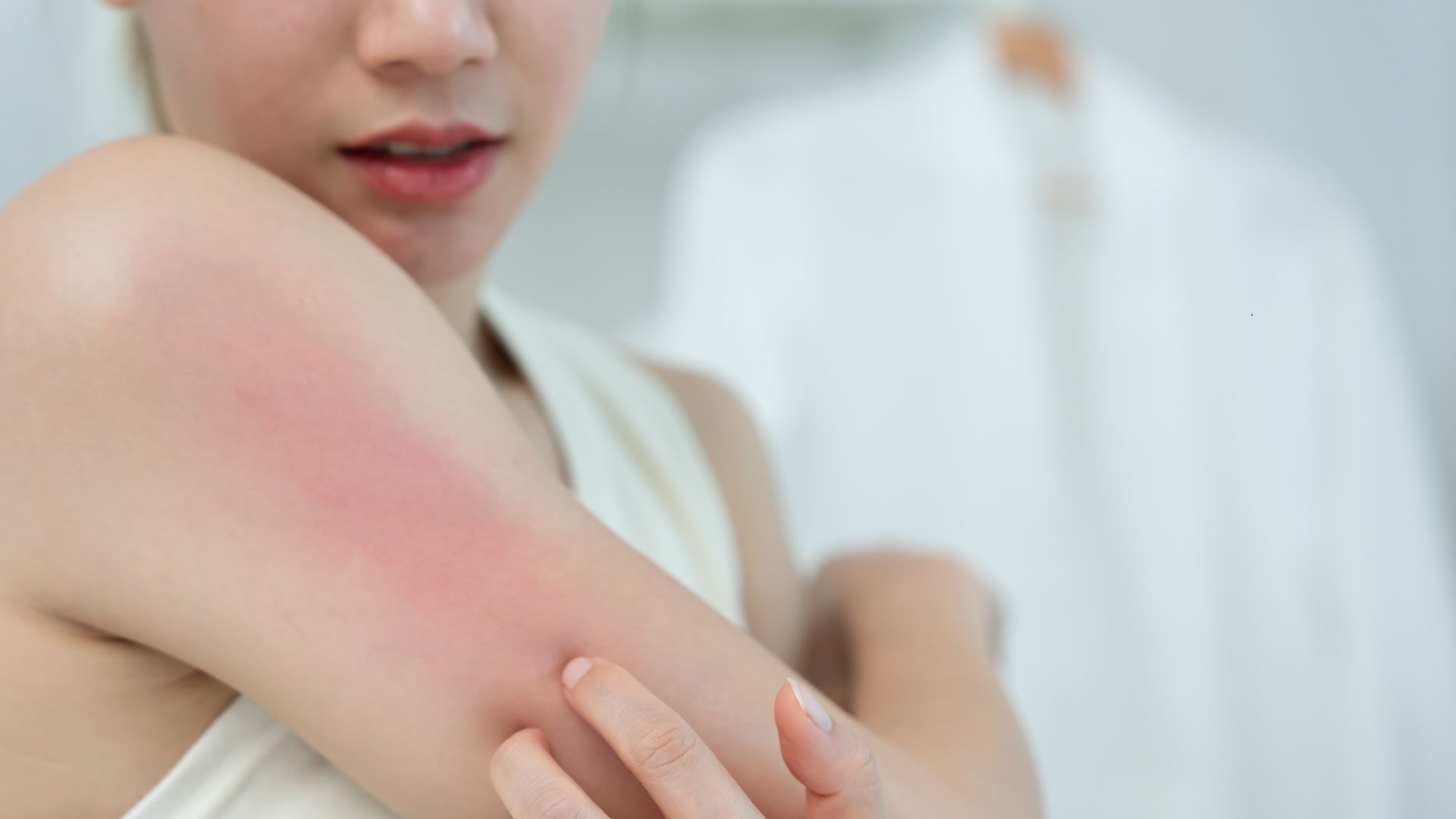
Common histamine intolerance symptoms include:
- Itchy skin, rashes, or hives
- Rosacea or acne-like breakouts
- Digestive issues like bloating, nausea or diarrhoea
- Headaches or migraines
- Dizziness, fatigue, anxiety
- Nasal congestion, asthma symptoms
- Irregular periods or heavy cycles
It’s often described as the “bucket effect.” Your body has a threshold for how much histamine it can handle. When your intake of histamine from food or your own internal production exceeds what your body can break down, the bucket overflows, and symptoms appear.
How Histamine Affects the Skin
Histamine is a powerful inflammatory molecule. When released in high amounts, it increases blood vessel dilation and permeability, contributing to redness, swelling, and itching. While this is helpful in small amounts during immune defence, excess histamine can fuel chronic inflammation, especially in the skin.
When histamine builds up in the body, it binds to histamine receptors in the skin. This results in skin reactions like:
- Hives (raised, itchy welts)
- Flushing or facial redness
- Eczema flare-ups
- Rosacea and visible blood vessels
- Acne-like breakouts, particularly on the cheeks and jawline
For women already dealing with hormone-driven acne, histamine intolerance can worsen flares or make them more persistent. It also creates confusion. The breakouts might not respond to traditional acne treatments, because they’re not being caused by oil or bacteria, but by inflammation triggered by excess histamine.
This is especially common in women coming off the pill. After stopping synthetic hormones, your natural oestrogen and progesterone levels are often out of balance. Oestrogen can increase histamine, while progesterone helps stabilise mast cells and reduce histamine release. So when progesterone is low and oestrogen is high, histamine reactions tend to worsen.
Common Triggers of Histamine Intolerance
There are several factors that contribute to histamine overload. These include diet, gut health, hormone imbalance, and stress. Let’s explore the most common contributors:
High-histamine foods
Some foods naturally contain high levels of histamine or encourage your body to release more of it. These include:
- Aged cheeses
- Fermented foods like sauerkraut, yoghurt, and kombucha
- Smoked or canned fish
- Vinegar and wine
- Tomatoes, spinach, eggplant, avocado
- Chocolate
The longer a food is stored, aged or fermented, the higher its histamine content tends to be. Leftovers, even healthy ones, can also be a hidden source.
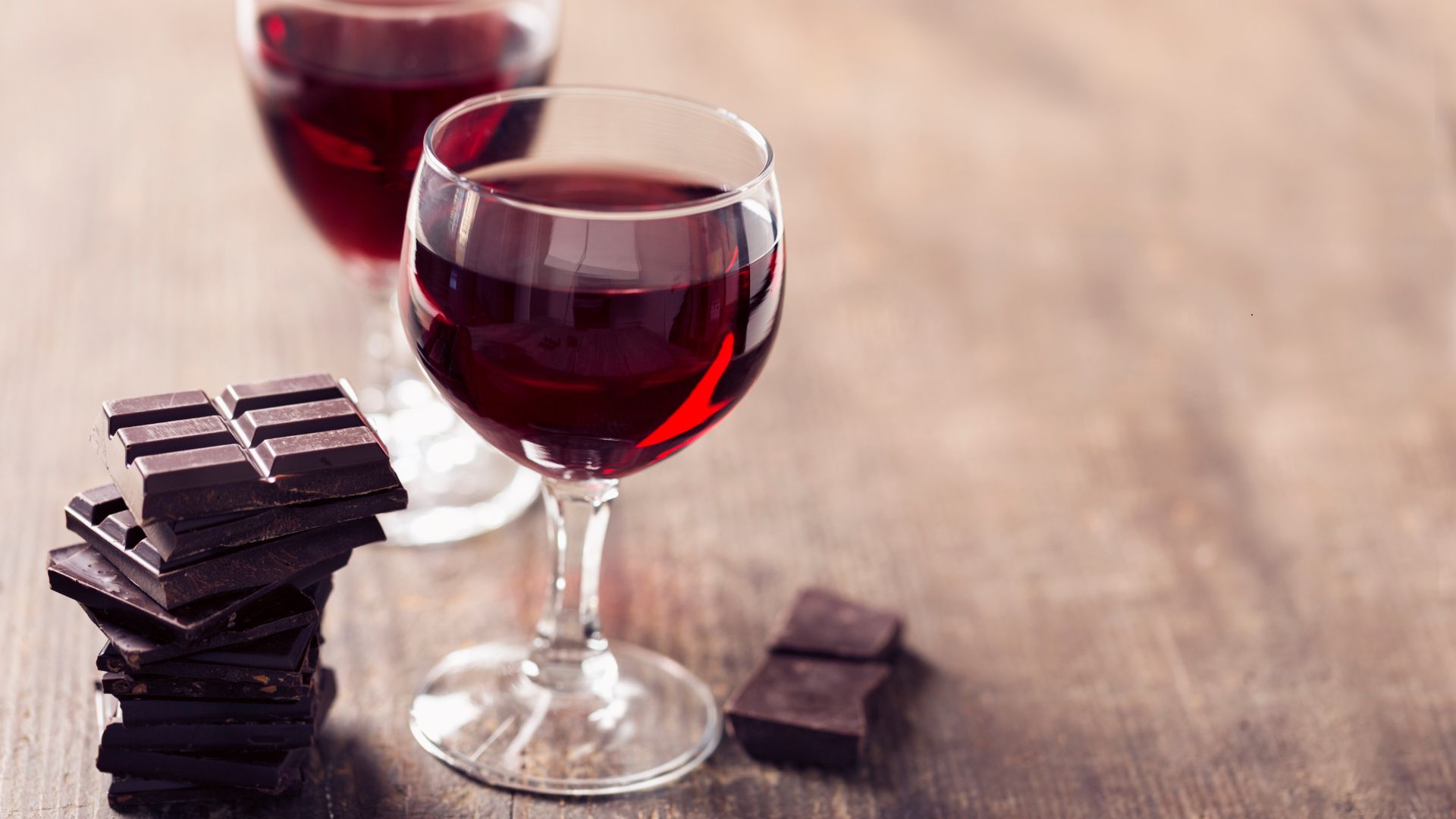
Stress
Chronic stress is a major trigger for increased histamine release. When you’re under stress, your body produces more cortisol and DHEA. These hormones affect your cycle and gut function and also activate mast cells, causing more histamine to be released into the bloodstream.
Over time, stress lowers your body’s ability to make diamine oxidase (DAO), the main enzyme responsible for breaking down histamine. Less DAO means higher histamine concentrations, especially after eating.
Gut health and enzyme deficiency
The majority of DAO is produced in the gut lining. If your gut is inflamed, leaky, or overgrown with histamine-producing bacteria, your histamine degradation capacity drops significantly.
Common gut conditions like irritable bowel syndrome, SIBO, or food sensitivities can reduce your ability to process dietary histamine. This results in a higher overall histamine load, and more symptoms, particularly skin-related.
Environmental triggers
Exposure to dust, mould, pollen, and synthetic chemicals in perfumes or cleaning products can trigger mast cells and histamine release. If you’re sensitive to your environment and often feel itchy or flushed around strong scents, this could be a clue that histamine is at play.
Signs Your Skin Issues May Be Linked to Histamine
So how do you know if histamine is contributing to your skin issues? These are some of the most telling signs:
- Skin flares that occur after eating aged, fermented or leftover foods
- Rosacea or redness that worsens with wine, spicy food or exercise
- Breakouts that seem hormonal, but don’t improve with hormone balancing
- Acne-like flares with burning or itching
- Skin symptoms that worsen during the second half of your cycle
- Co-occurring digestive symptoms like bloating, diarrhoea or food intolerances
If you’ve been working hard on your skin, eating clean, using natural products, taking supplements, but your skin still flares in unpredictable ways, histamine intolerance may be the piece you’ve missed.
How to Manage Histamine-Related Skin Flares
The good news is that histamine intolerance can be managed naturally, by reducing your overall histamine load and supporting the systems responsible for breaking it down.
Here’s how to get started:
Follow a low-histamine diet
This doesn’t mean you’ll need to avoid these foods forever. But for a few weeks, it’s helpful to limit high-histamine foods so your body can catch up and reset.
Focus on fresh, unprocessed meals, and avoid aged, leftover, and fermented foods where possible. Choose fresh meat, cooked vegetables, gluten-free grains like rice and quinoa, and fresh herbs. Avoid alcohol, vinegar, and anything pickled or cured.
Support DAO enzyme production
Some nutrients help your body make more DAO, the enzyme that breaks down histamine. These include:
- Vitamin B6
- Vitamin C
- Magnesium
- Zinc
You can also try taking DAO enzyme supplements before meals, particularly when eating out or eating foods you’re unsure about.
Stabilise mast cells
Natural compounds like quercetin and bromelain help stabilise mast cells and reduce histamine release. These are particularly helpful for calming skin flares, and can be taken daily or used around your cycle if you notice premenstrual flare-ups.
Heal your gut
Healing your gut is key to improving your histamine tolerance. Focus on:
- Addressing any underlying gut infections or overgrowths
- Improving digestion with bitters or digestive enzymes
- Supporting regular bowel movements
- Avoiding foods you react to, even temporarily
- Taking high-quality, low-histamine probiotics
This process can take time, but the impact on your skin is usually significant.
Adjust your skincare routine
During a histamine flare, your skin may become more reactive and sensitive. Keep your skincare simple, fragrance-free, and calming. Look for ingredients like calendula, chamomile, aloe vera or green tea. Avoid harsh actives and exfoliants during flare-ups.
When to Seek Professional Help
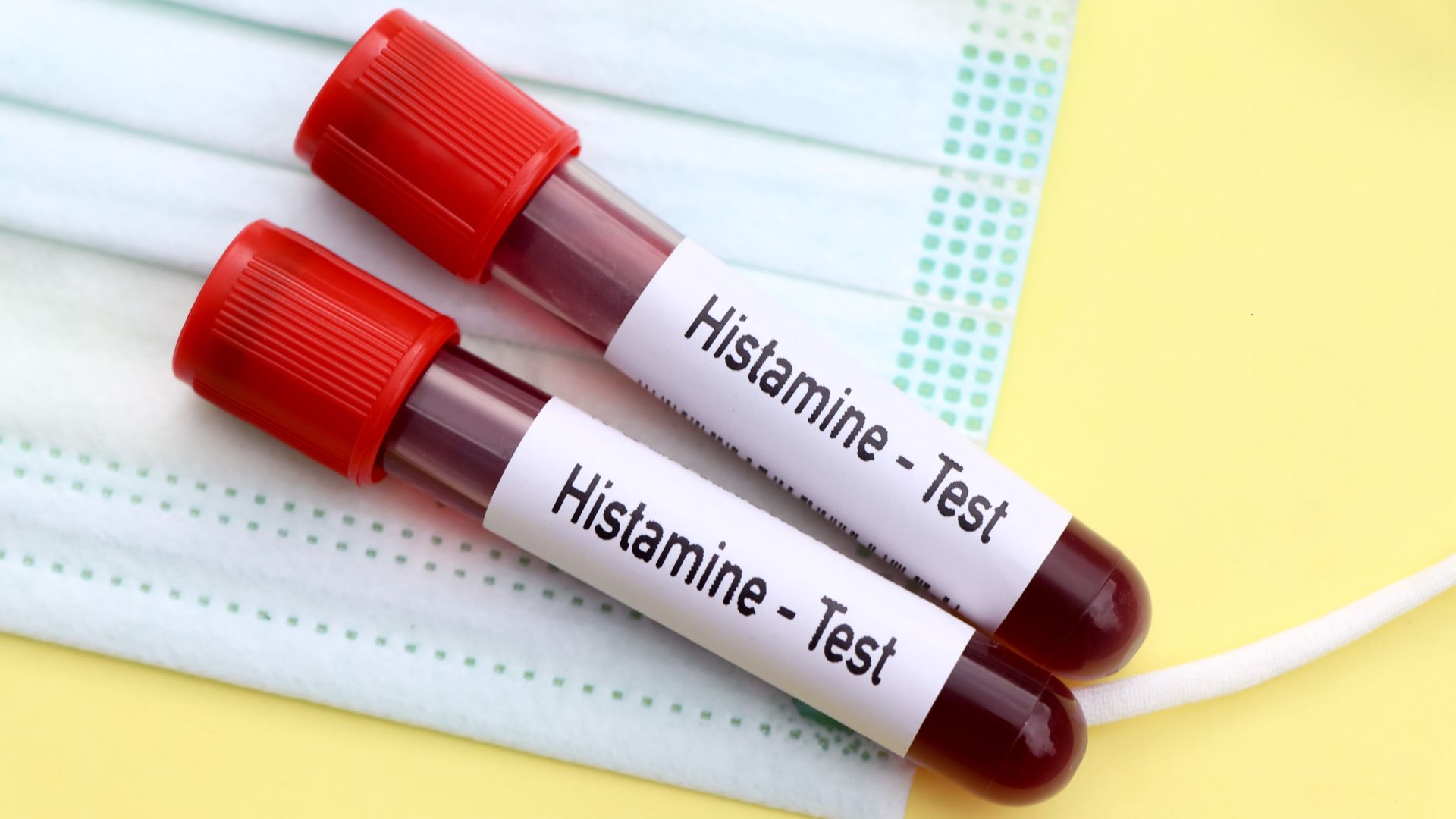
If your skin continues to flare, it’s time to look deeper.
Testing can help confirm whether histamine intolerance is playing a role, and pinpoint the root cause. This might involve:
- Hormone testing (saliva or blood) to assess oestrogen and progesterone
- Gut testing to uncover inflammation, SIBO or dysbiosis
- DAO enzyme level testing
- Blood markers for inflammation or mast cell activation
At our clinic, we always test before recommending a treatment plan. This avoids the guesswork and helps you take the most direct path to clear, calm skin.
FAQs
Can histamine intolerance go away?
Yes. In most cases, histamine intolerance is not permanent. Once the gut is healed, stress is reduced and hormones are balanced, many women can reintroduce histamine-rich foods without symptoms.
Is it the same as a food allergy?
No. Food allergies involve an immune system reaction and IgE antibodies. Histamine intolerance is a metabolic issue, where your body can’t keep up with breaking down histamine fast enough.
How long before skin clears after a low-histamine diet?
Some people feel relief within a few days. Others may take a few weeks. If histamine is the main trigger, you’ll usually notice calmer skin, less flushing or itching, and improved digestion fairly quickly.
Is It Time to Look Beyond the Surface?
If you’ve tried everything and your skin still flares, it’s time to think beyond the surface. Histamine intolerance could be the hidden factor keeping your skin stuck in a cycle of inflammation.
By reducing histamine exposure, supporting DAO activity, and healing your gut, you can dramatically reduce skin flares, naturally. And best of all, you don’t need to rely on medications or temporary fixes.
You just need a clear plan that works with your body, not against it.
If you suspect histamine intolerance is playing a role in your skin issues, we can help. We’ve worked with over 2,000 women to uncover hidden triggers like histamine, hormone imbalance and gut dysfunction, and the results speak for themselves.
Book your initial consultation with us today. You can call Happy & Healthy Wellbeing Centre on 02 9524 2471 or click here to book online.
Your skin is speaking. Let’s work together to decode the message and clear the path forward.

Hayden Keys
Graduating from Western Sydney University in 2005 with a Bachelor of Health Science in Naturopathy, Hayden is a proud member of the Australian Traditional Medicine Society. With over a decade of clinical experience, Hayden established the Happy & Healthy Wellbeing Centre in Miranda in 2009. Read more...

